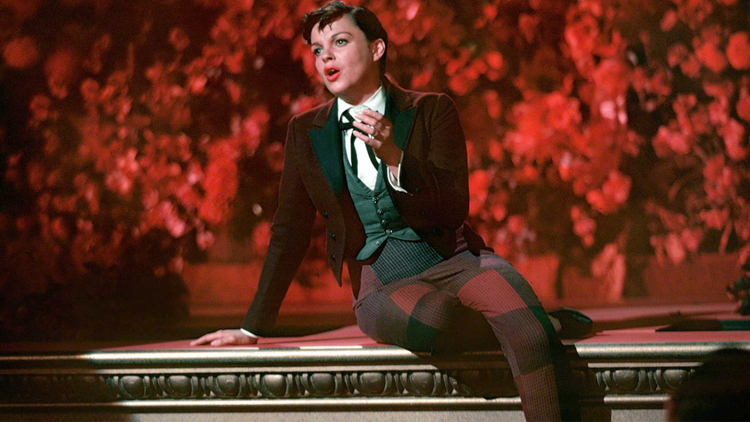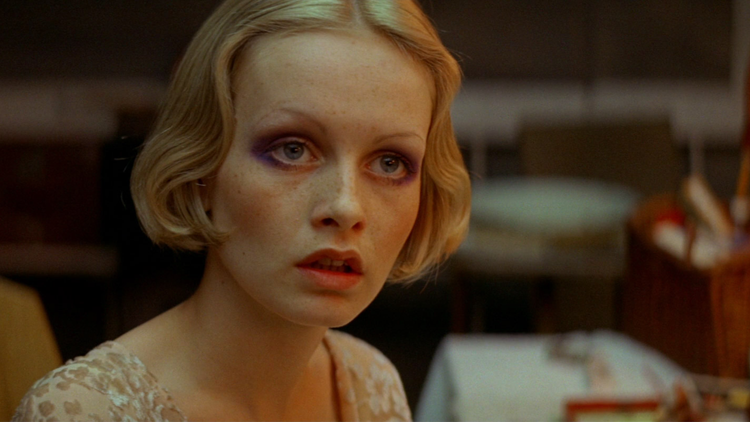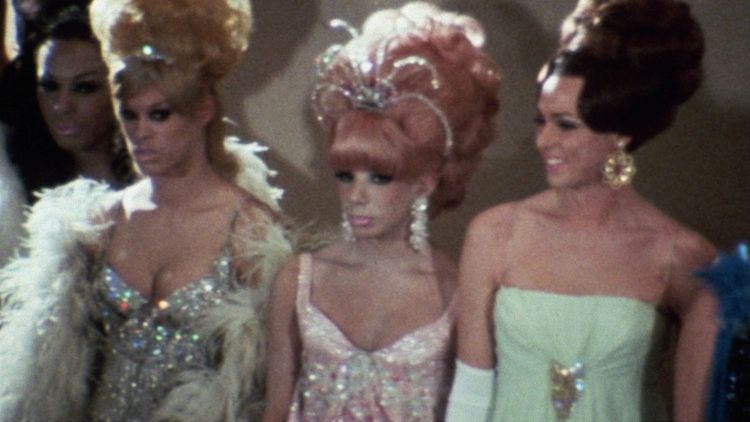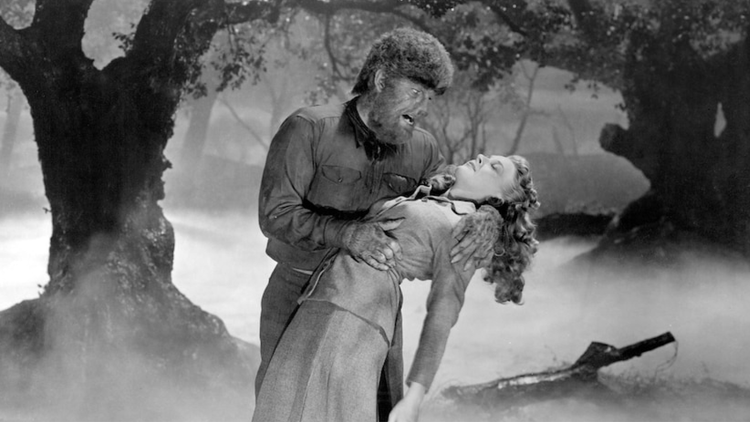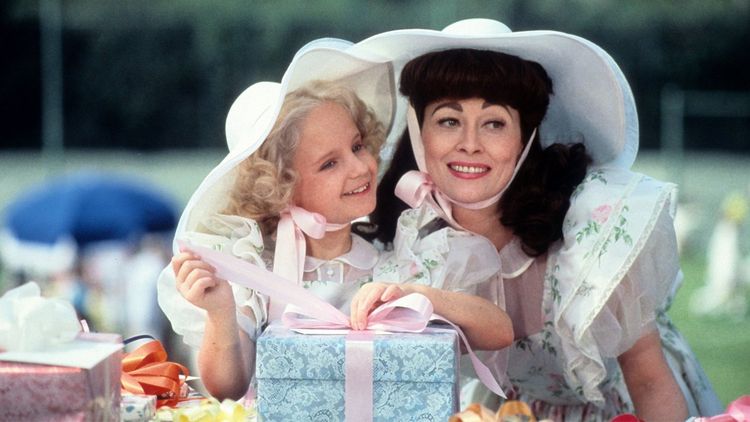Elizabeth Taylor, the actress and the character, touch down at Paradise Theatre
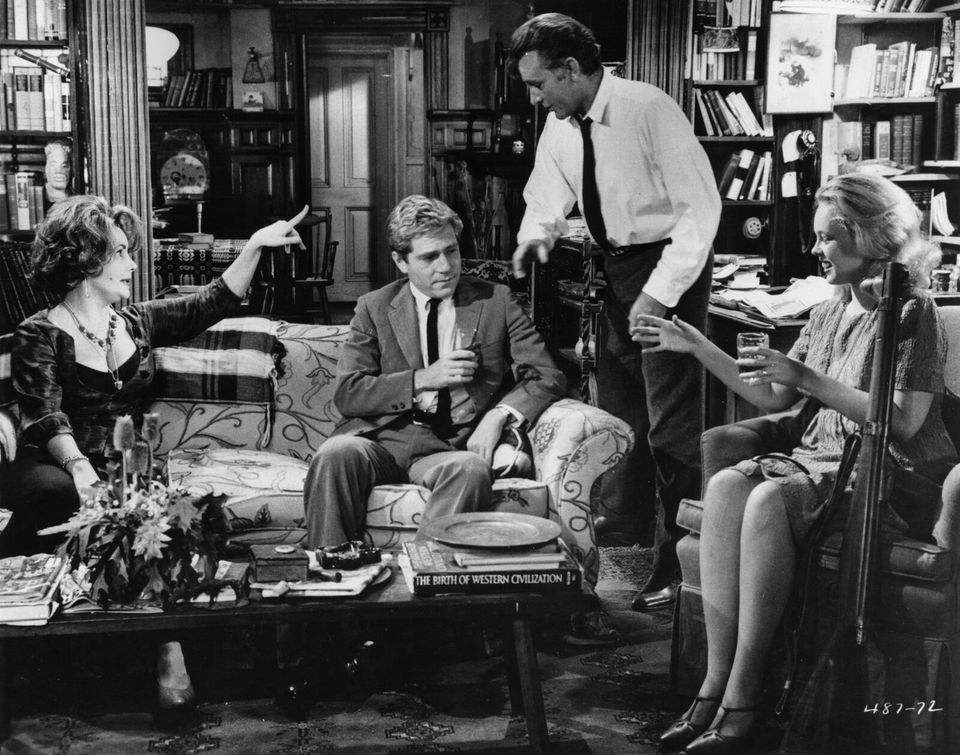
Elizabeth Taylor, who the Paradise Theatre honours this month by screening two of her classics, was a movie star of a sort I’m not sure we have anymore. Jettisoning to fame as a horse-riding teen in National Velvet (1944), Taylor, who passed away on March 23, 2011, had a career that spanned more than five decades and at least 54 films.
But her most memorable part was simply being Elizabeth Taylor, who for many years was considered the most famous, the most beautiful, and definitely the most glamorous woman in the world. As David Kamp wrote in Vanity Fair in 1997, “[Taylor was] the protagonist in a still-running extra-vocational melodrama of star-crossed romance, exquisite jewelry, and periodic emergency hospitalizations.” Even her legendary violet eyes were tinted by Hollywood spin - in actuality they were blue.
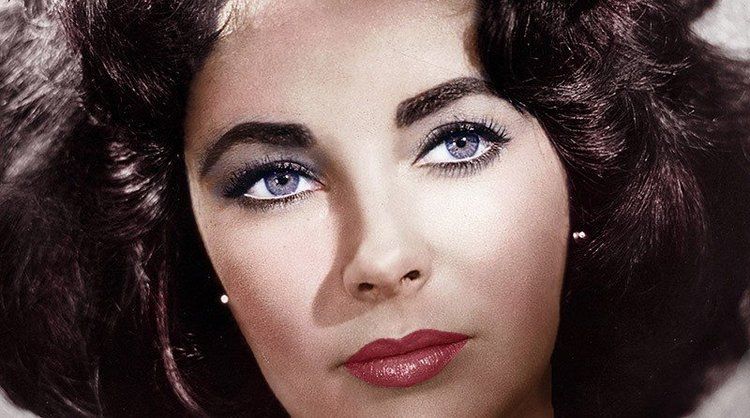
All this makes it difficult to discuss her films without also her fame or to consider her performances apart from the tabloid headlines. For example, you can’t talk about Cleopatra (1963), her $44-million epic which almost bankrupted 20th Century Fox, without mentioning it was the picture that brought her together with actor Richard Burton, her on-again, off-again partner in life and onscreen in 11 movies. It seems fitting that for an actor known for the many times she got married - six, including twice to Burton - the two movies the Paradise selected focus on marriages and potential marriages. More specifically, bad ones.
In A Place in the Sun (1951) the raven-haired beauty stars opposite the equally raven-haired and beauteous Montgomery Clift. Clift plays George Eastman, an aimless young man with a famous last name (the Eastmans are wealthy, influential industrialists), a leather jacket and empty pockets. He accepts a job at his uncle’s factory as the only man on an assembly line dedicated to folding and boxing ladies’ apparel. While working there, he starts an affair with a dowdy factory worker, Alice, played by Shelley Winters. But he still appears to be sleepwalking through life despite the romance. The two have the stilted, formal dialogue that David Lynch would later lampoon in his movies to creepy effect.
Then George meets Angela (Taylor), a society girl and a friend of his rich family. Everything about Angela is sparkling and in bloom. In one of her first scenes, Taylor wears a youthful white Edith Head-designed gown, her bust covered in delicate blossoms. Angela is the golden girl, the dream girl, the girl on the magazine cover. Like Gatsby’s Daisy Buchanan, she represents the world of relaxed, carefree privilege that, for those not born sucking on a silver spoon, will always be just out of reach. Just as George’s career starts advancing (his uncle promotes him to management), Angela falls for him and, despite some misgivings from her parents, the pair seem destined for wedding bells.
But there’s a catch - George’s old flame Alice is pregnant and paralyzed with fear of what the future holds for a working-class unwed mother. After George initially strings her along, Alice becomes increasingly desperate to convince him to marry her. At this point, it’s clear the plot is not heading anywhere happy. The title of the Theodore Dreiser story on which it’s based - An American Tragedy - comes to mind.
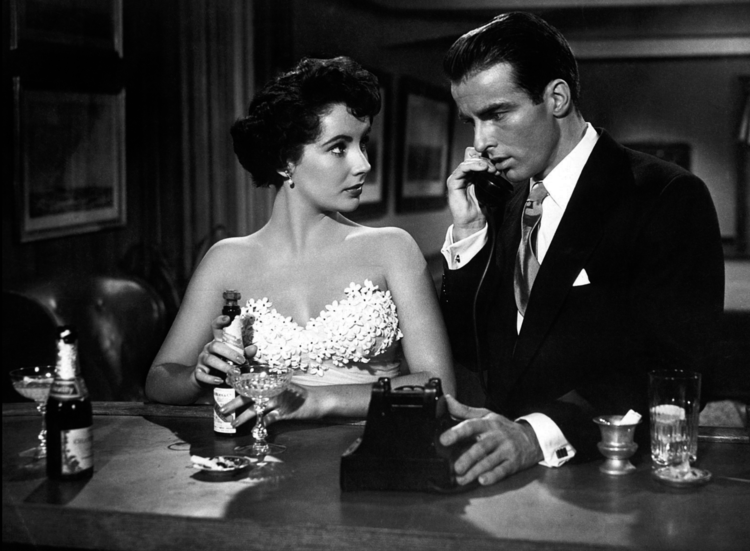
In terms of acting, it’s Winters who steals the show with an understated performance of anxiety and deep sadness. Even in her early scenes, she evokes a woman whose experience has taught her to be cynical about men and how the world works. She haunts the scenes she’s not in. Later, the movie falters by asking us to care about George and Angela’s romance. Their love seems superficial and, as a character, Angela is all surface. Taylor is not given the material to show her character’s inner life, although she gets to commit to a convincing faint late in the picture, slamming down on the floor without the aid of a stunt double.
If A Place in the Sun is about getting trapped in an unwanted marriage, Who’s Afraid of Virginia Woolf? (1966) shows you what an unhappy marriage looks like twenty years in. It’d be a vast understatement to say that Taylor has more to do here. From the opening lines of the movie, based closely on Edward Albee’s successful and shocking play, Taylor chews the scenery as Martha, the wife of history professor George (played by her real-life husband Richard Burton). Coming home after a university function, Martha surveys her untidy living room and, putting on a drunken Bette Davis impression, declares “What a dump!”. Interestingly, Bette Davis herself lobbied hard for the part of Martha and one wonders how she could have possibly delivered a line as a character imitating herself without the whole opening collapsing into a meta farce.
After the line, Martha immediately asks George the name of the film she’s quoting, and the couple proceeds to get in a confused, petty squabble (“It’s from some goddamn Warner Brothers epic…” “I can’t remember all the pictures that…” “No one’s asking you to remember every single goddamn Warner Brothers epic, just one!”).
Edward Albee was gay and I tend to agree with the writer David M. Halperin’s observation, in his book How To Be Gay, that the argument seems more likely one a queer couple would have. Albee may be using straight people's dialogue to sneak in a coded queer experience, which many artists did during this closeted era.
Soon after the squabble, a young couple arrives for drinks: a biology professor, new to the university, and his wife. Nick (played by George Segal) is blonde and handsome, a former amateur boxer. His wife Honey (Sandy Davis) is naive and neurotic. All four characters get progressively drunk as Martha ricochets between flirting with Nick and bickering with George. George and Martha have their fights down to shorthand trigger words and Nick and Honey are unable to stop them from recreating their greatest hits. Soon enough, secrets from both marriages come to light, proving that all households have locked rooms no one wants to be opened.
Taylor, who was an unexpected choice to play the middle-aged Martha, is a powerful force on screen, at once brazenly seductive, violently aggravating and sadly sympathetic. She’s an earthy character who uses her whole body in her performance and she’s authentic when shouting swear words that were a first for a mainstream movie at the time. Burton is believable as a thoughtful man bitter and disappointed in where his life has led. Perhaps casting a real-life couple known for their explosive fighting as a fighting fictional couple could be viewed as a publicity stunt, but it allowed the actors to comfortably get in each other’s faces and dig into their own relationship for their characters. For all of George and Martha’s unique and unusual issues (and they are many), Taylor and Burton paint a portrait of dysfunction which still manages moments of the universal.
-
Paradise Theatre is screening Who’s Afraid of Virginia Woolf? Monday, March 21st at 7:00 pm and A Place in the Sun Wednesday, March 23rd at 6:30 pm
Max Mosher is a writer, communications specialist, and Old Hollywood Correspondent for The Town.

